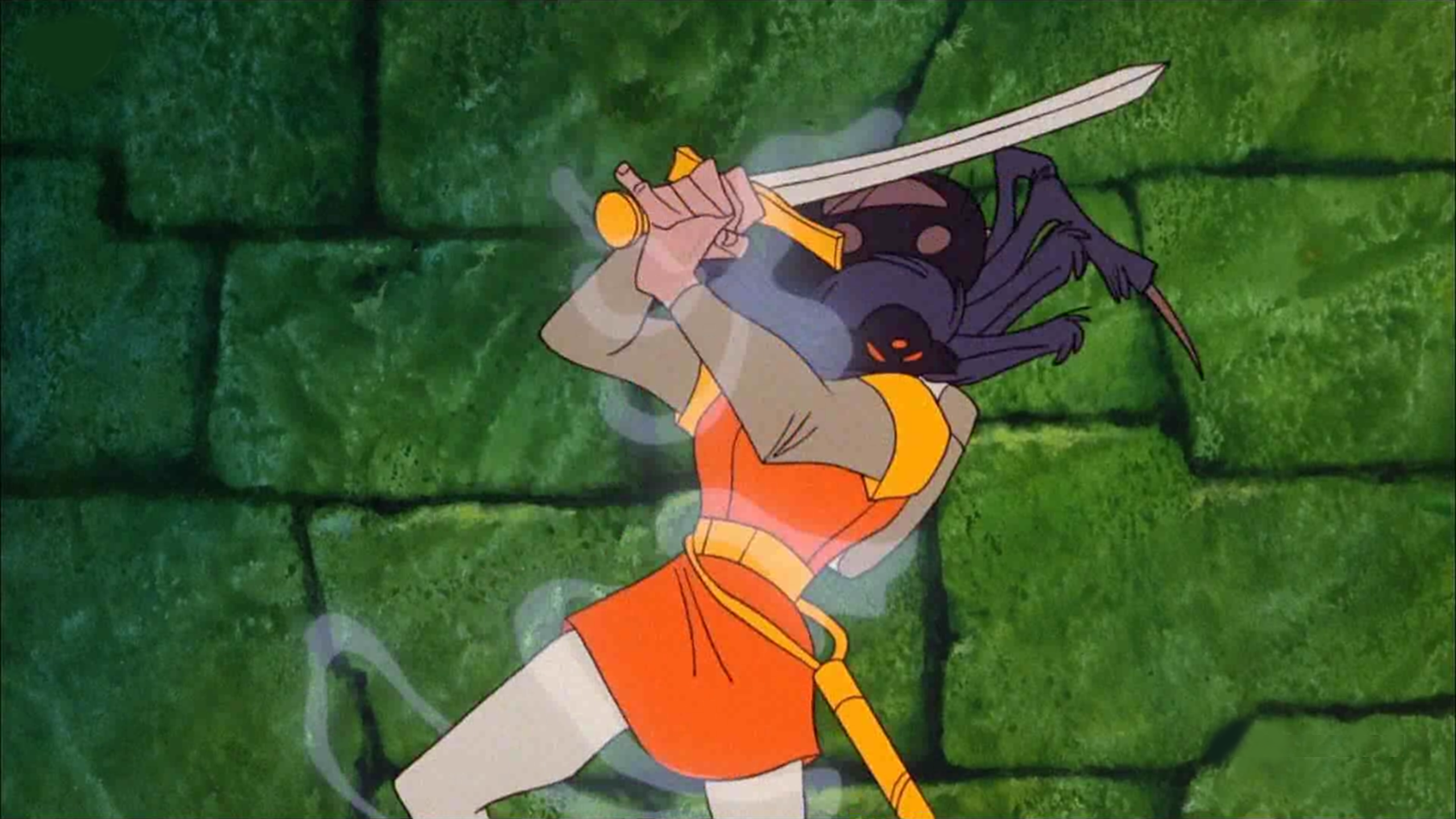Introduction
Released in 1983 by Cinematronics and created by animation legend Don Bluth, Dragon’s Lair was unlike anything arcade players had ever seen. Instead of pixel sprites or vector graphics, the game delivered a fully animated cartoon adventure—complete with voice acting, cinematic storytelling, and a daring knight named Dirk the Daring. As one of the first LaserDisc arcade games, Dragon’s Lair helped usher in a new era of arcade presentation and remains a landmark in video game history.
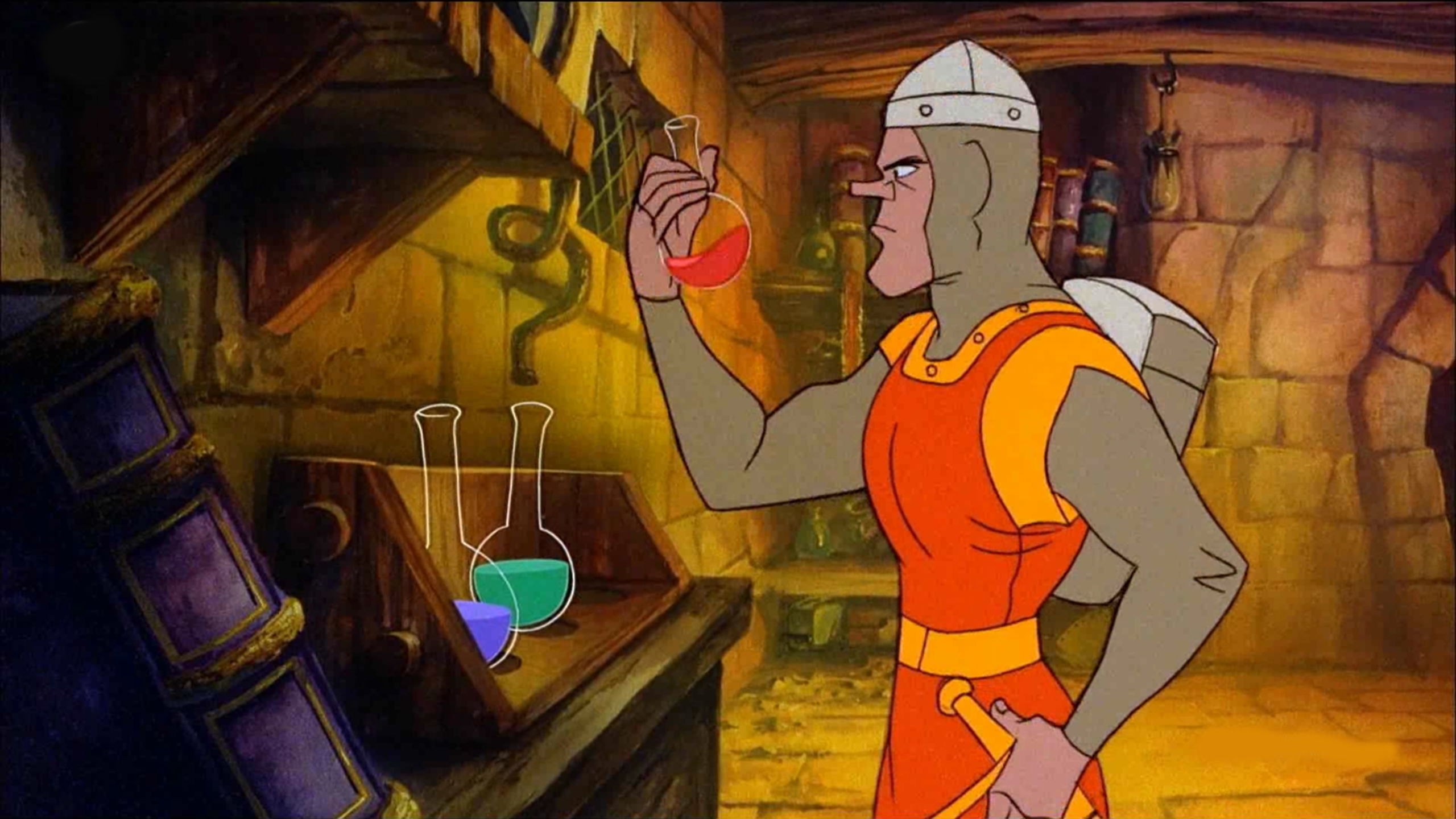
Development and History
- Developer: Advanced Microcomputer Systems (RDI Video Systems)
- Publisher: Cinematronics
- Release Date: 1983
The project was the brainchild of Don Bluth, a former Disney animator, and Rick Dyer of RDI Video Systems. The goal: create a game that looked like a Saturday morning cartoon. Using LaserDisc technology, the team delivered high-quality animation on arcade cabinets that could play video footage in response to joystick inputs. Unlike traditional games, Dragon’s Lair was about timing and memorization—essentially an interactive animated film.
Despite hardware limitations and manufacturing challenges, the game became a massive success, with players lining up to control Dirk the Daring on his quest to rescue Princess Daphne from the evil dragon Singe.

Gameplay Video
Gameplay and Mechanics
Core Gameplay
Players guide Dirk the Daring through a castle filled with traps, monsters, and magical hazards. Gameplay is centered around timed input responses:
- Quick-Time Events: Players must press the correct direction or attack button within a narrow time window.
- LaserDisc Playback: Each input triggers a new animated sequence—right or wrong.
- Pre-Rendered Scenes: The game consists of dozens of animated rooms and encounters.
- Randomization: Scenes are presented in a semi-random order, adding to replayability.
Challenges
- Brutal Timing: Reaction windows are short, making trial and error essential.
- High Stakes: One wrong move usually means instant death and a costly coin to continue.
- No True Control: Unlike traditional games, Dragon’s Lair plays more like a reactive film.
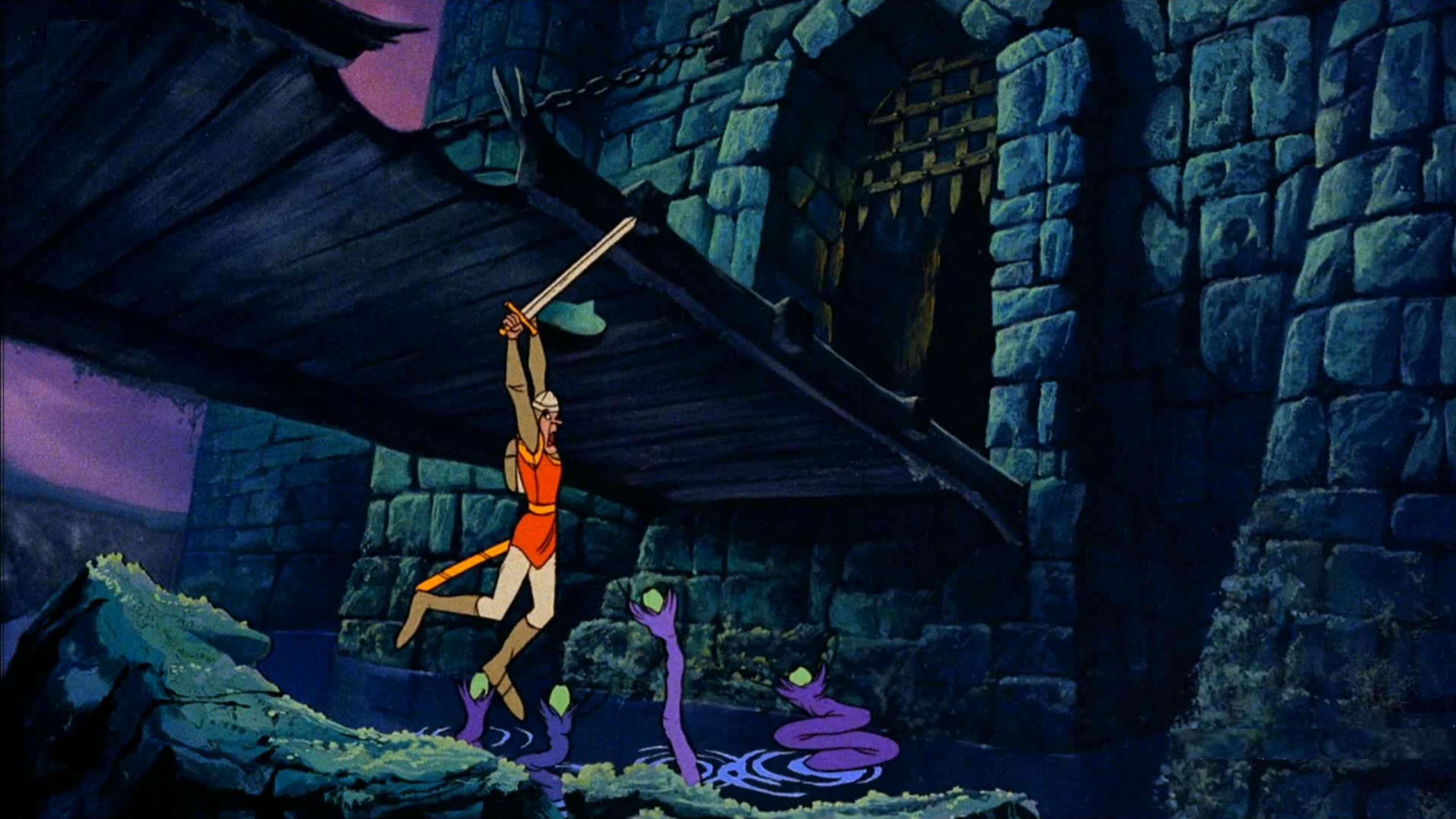
Cultural Impact and Legacy
Dragon’s Lair is widely considered one of the most influential arcade games of all time:
- Visual Breakthrough: It introduced hand-drawn animation to gaming at a time when 8-bit sprites were the norm.
- Arcade Sensation: Despite being expensive to maintain, it was a commercial success and a major draw in arcades.
- Media Expansion: The franchise expanded into comics, a cartoon TV series, and sequels like Dragon’s Lair II and Dragon’s Lair 3D.
- Preservation Icon: The game is part of the Smithsonian’s permanent video game collection and continues to be ported to modern systems.
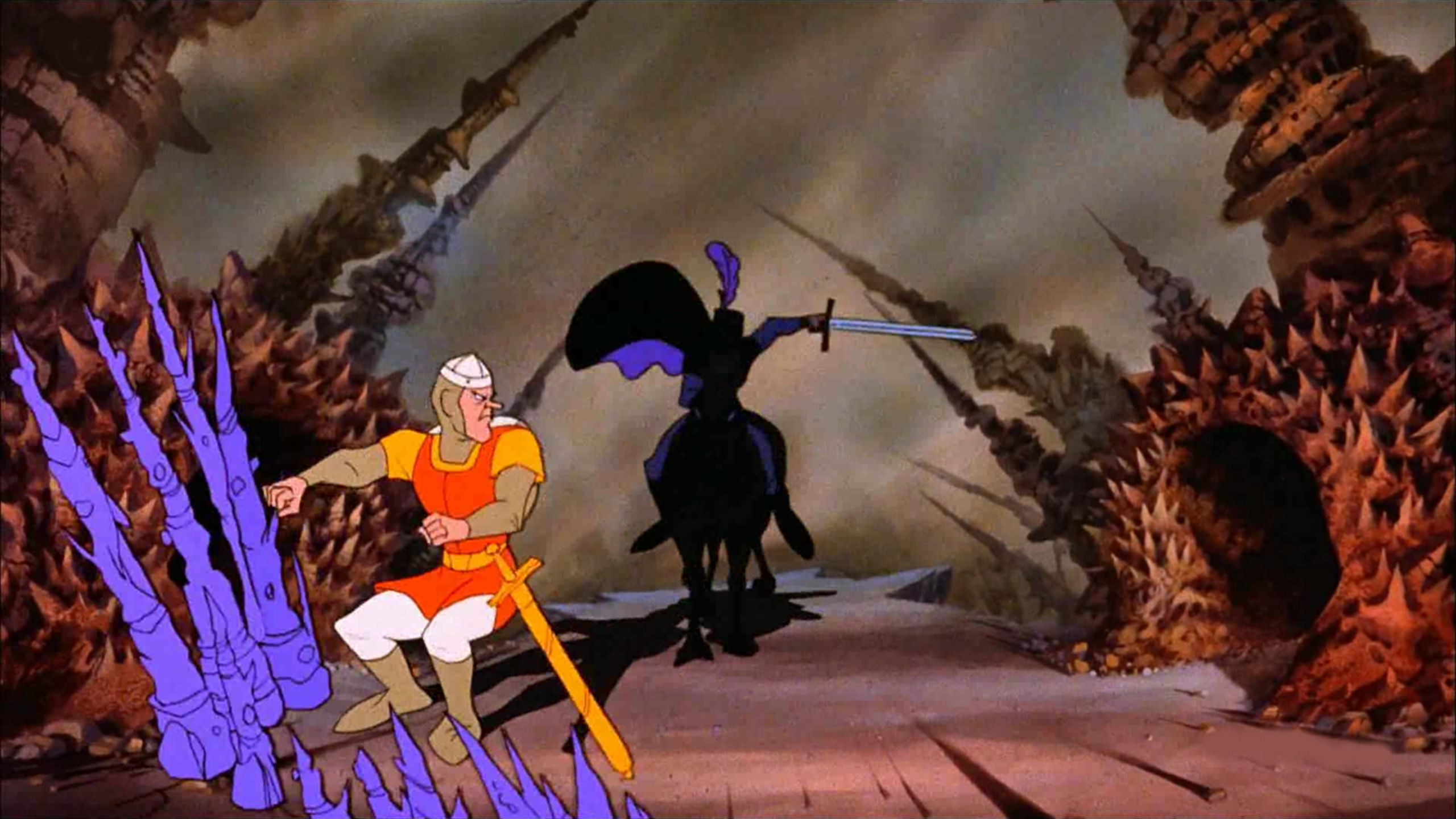
Fun Facts
- Dirk the Daring: Voiced by Dan Molina, Dirk rarely speaks but is beloved for his exaggerated expressions and clumsy heroism.
- Princess Daphne: A parody of damsels in distress, Daphne’s design and personality are intentionally over-the-top.
- LaserDisc Pioneering: It was the first arcade game to use LaserDisc technology successfully.
- Cabinet Costs: Dragon’s Lair machines were among the most expensive arcade cabinets to produce and maintain in the 1980s.
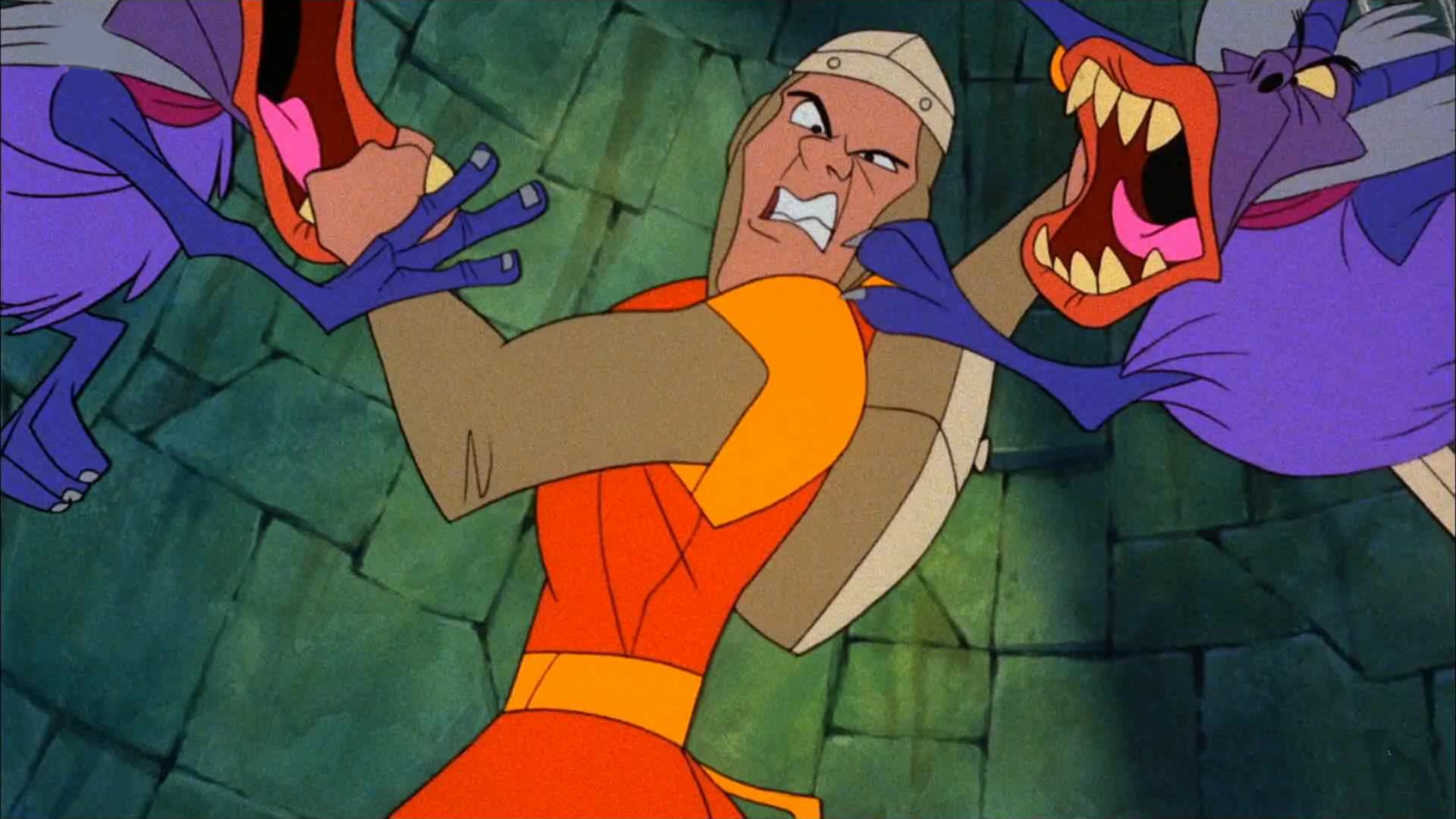
Conclusion
Dragon’s Lair isn’t just a game—it’s a milestone. Its blend of animation, storytelling, and gameplay inspired an entire generation of developers and showed that video games could be cinematic. Though its gameplay may feel limited by modern standards, its artistry and legacy remain unmatched in the arcade world.

